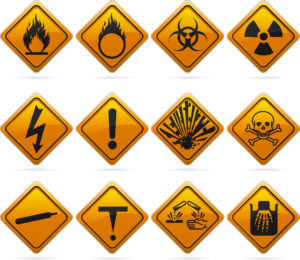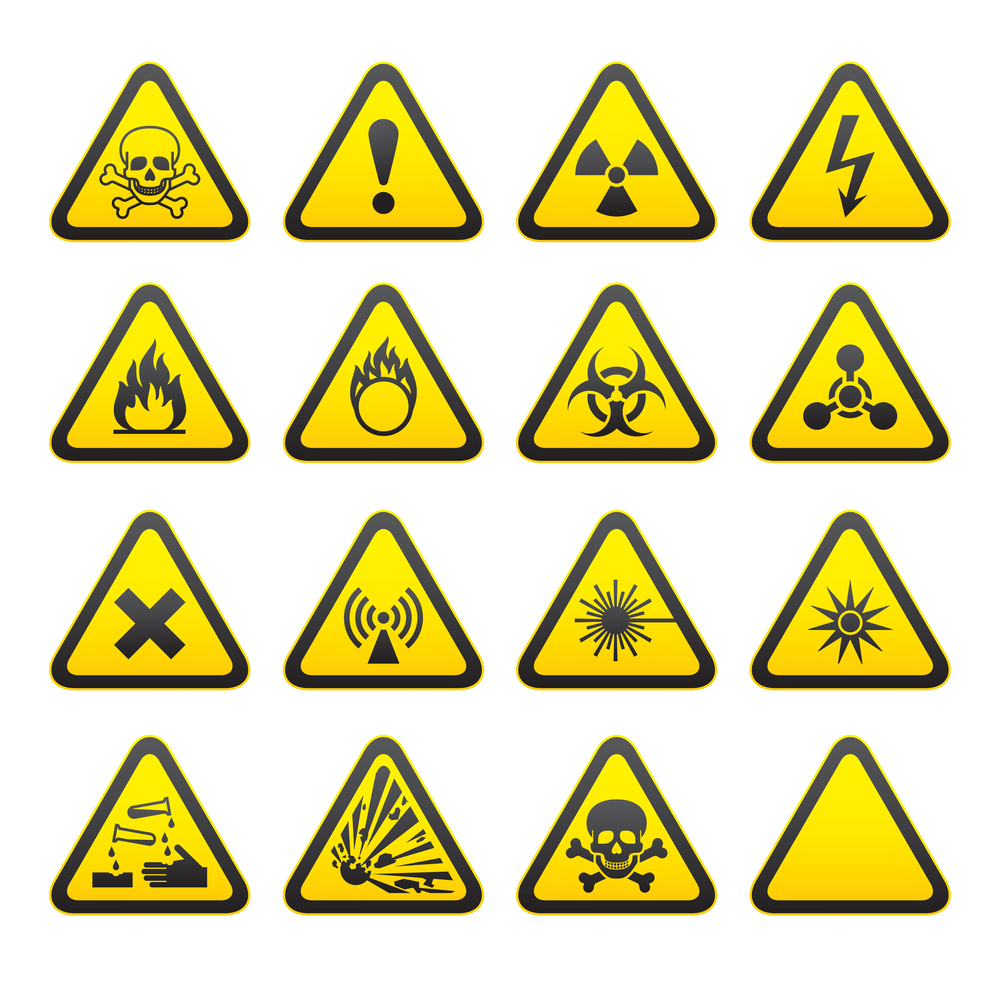
- Adopt in the EU the Globally Harmonised System or GHS, on the classification and labelling of chemicals
- CLP regulation is being phased in through a transitional period which runs until 1 June 2015. The regulation applies to substances from 1 December 2010 and to mixtures or preparations, from 1 June 2015
- It will apply directly in all EU member states, meaning that no national legislation is needed and will be overseen by the European Chemicals Agency or the ECHA
- CLP will replace the Chemicals (Hazard Information and Packaging for Supply) Regulations 2009, also known as CHIP regulations as of 1 June 2015
The intention of the CLP Regulation is very similar to CHIP: substances and mixtures that are placed on the market should be classified, labelled and packaged appropriately. However, because CLP adopts the GHS, in time, the same classifications and labelling will be used throughout the world.
A few changes that are obvious will be the new hazard pictograms that are found on chemicals.
Although the CLP hazard pictograms are very similar to the CHIP hazard symbols, they have a new shape, design, and colour. The main symbols are as follows:
- Toxic – This can be if the substance is acute toxicity, very toxic or fatal
- Gas pressure – This shows gasses under pressure
- Irritation – Shows that the substance causes harmful skin irritation or serious eye irritation
- Flammable – The chemical is a flammable gas. Flammable liquids, solids, aerosols, organic peroxides, and self-reactive, self-heating substances that come into contact with water emit a flammable gas.
- Explosive – The product can be explosive, self-reactive or an organic peroxide.
- Harmful to the environment – This means it is harmful to the environment and aquatic life, which will cause long-term problems.
- Oxidising, the substance produces oxidising gases, oxidising liquids, and oxidising solids, which can intensify fires.
- Respiratory – The substance is a respiratory sensitiser, mutagen, carcinogen, reproductive toxicity, systemic target organ toxicity or an aspiration hazard.
- Corrosive – The corrosive substance can cause severe skin burns and eye damage.
There are some chemicals that are not covered by CLP as they have a more specialised purpose and are covered by more specific legislation.
The CLP Regulation does not apply to the following substances:
- Radioactive substances and mixtures
- Substances and mixtures are subject to customs supervision
- Non-isolated intermediaries
- Substances and mixtures for scientific research and development that are not placed on the market and are only used in controlled conditions are wasted.
The CLP Regulation also does not apply to the following chemicals which are in their finished state intended for the final user:
- Medicines
- Medical devices
- Veterinary medicines
- Cosmetics food or food additives, food flavouring and feeding stuff used in animal nutrition


